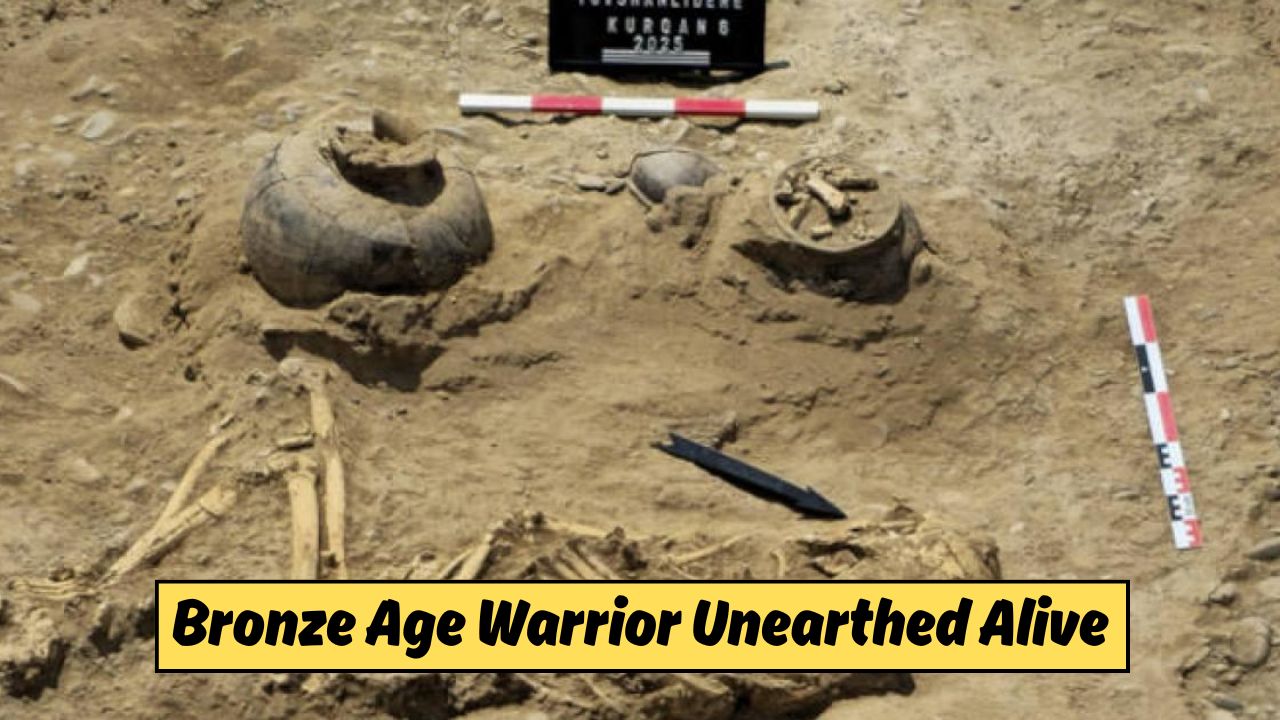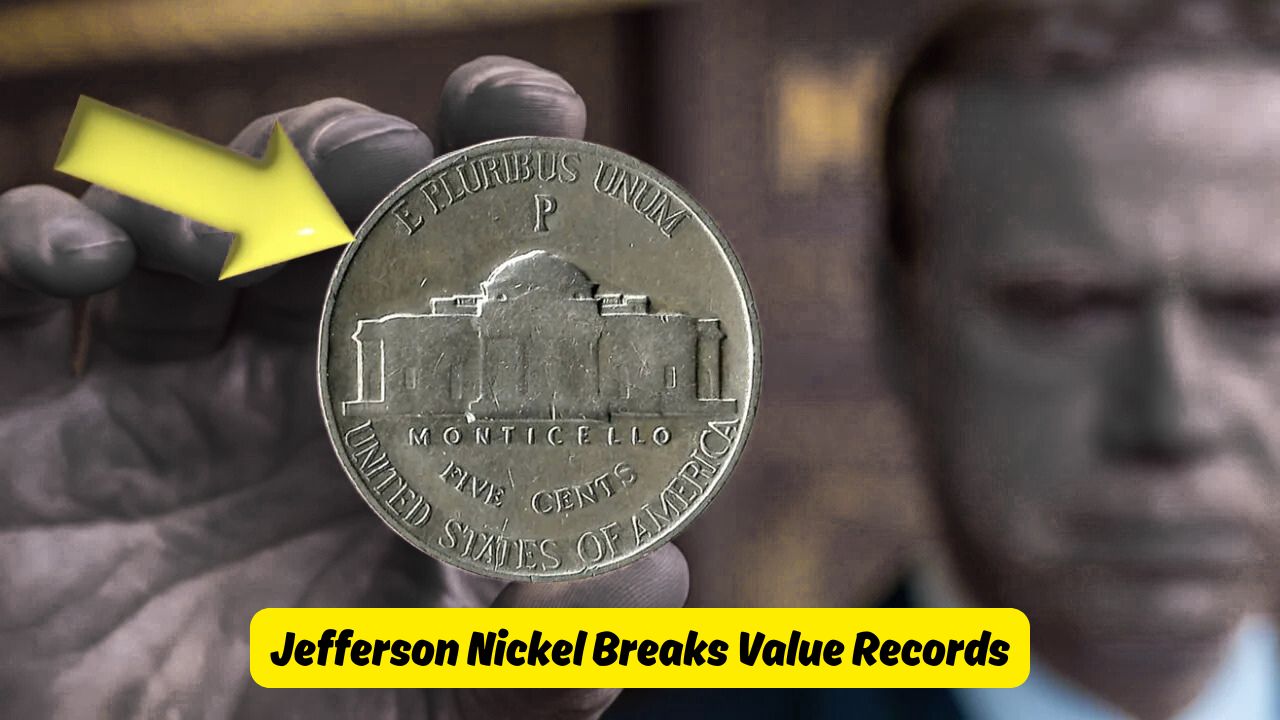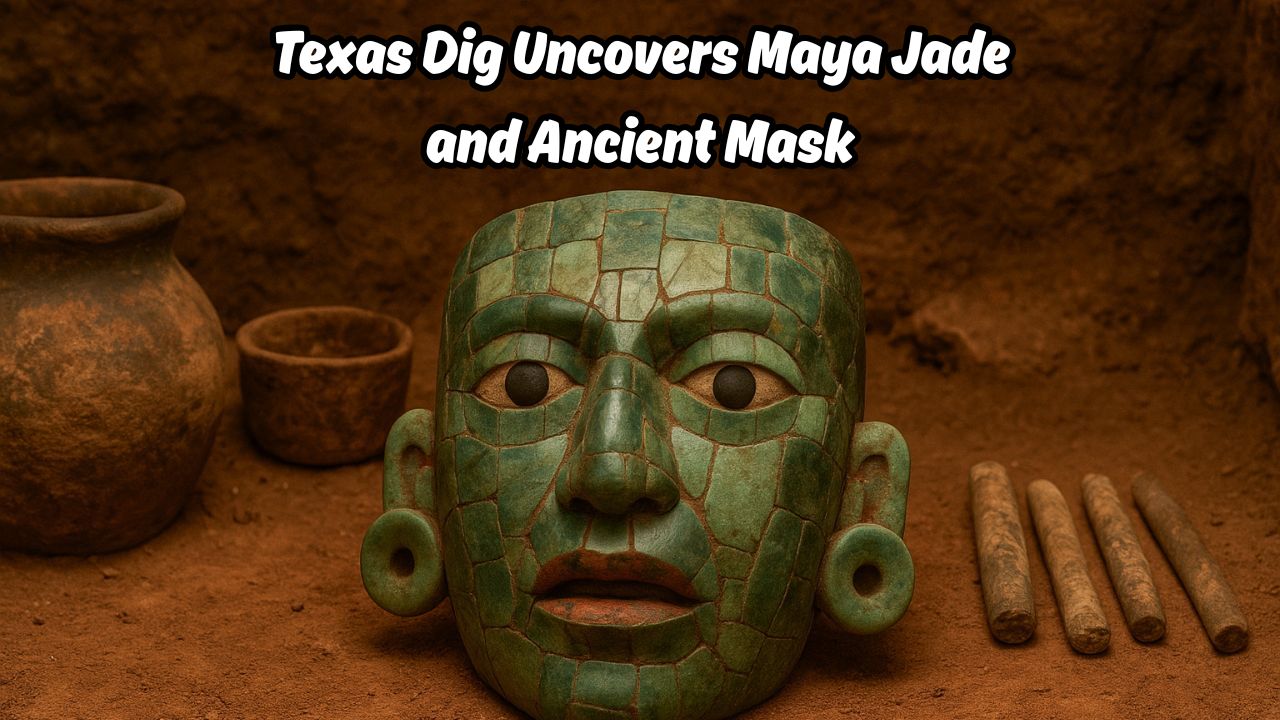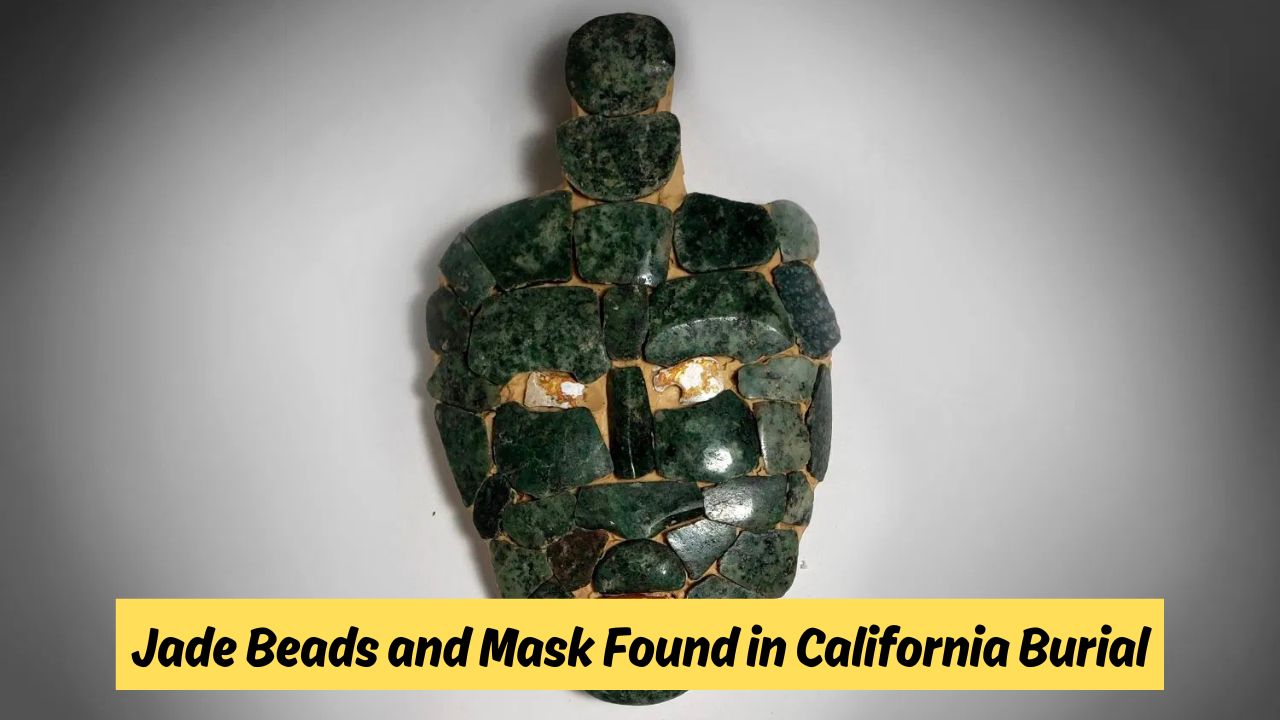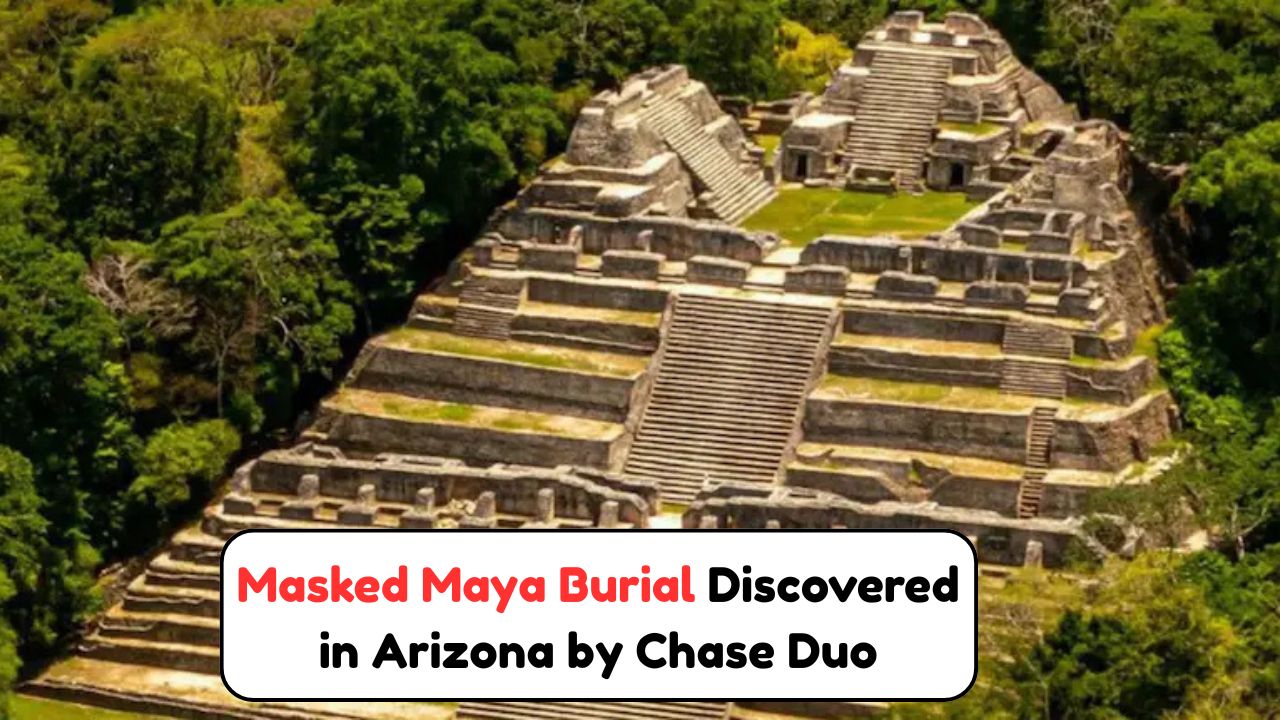3800-Year-Old Azerbaijan Kurgan – In a discovery that has stunned archaeologists and historians alike, a towering Bronze Age warrior estimated to be over 6 feet tall has been unearthed from a 3,800-year-old kurgan in Azerbaijan. This ancient burial mound, located in the Tovuz region near the Kura River, has revealed not just the skeletal remains of a powerful warrior, but also a treasure trove of weaponry, ornaments, and burial customs that offer an unparalleled glimpse into the elite class of the Early Bronze Age in the South Caucasus. The exceptional preservation of the skeleton and surrounding grave goods has ignited global interest, with researchers now reevaluating assumptions about social hierarchies, warfare, and trade during this era. The find offers compelling evidence that the region was not only inhabited by advanced warrior societies, but that these people maintained extensive cultural and economic links with neighboring civilizations such as Mesopotamia and Anatolia.
Significance of the Azerbaijan Kurgan Discovery
The term kurgan refers to a type of burial mound commonly associated with elite figures in Bronze and Iron Age Eurasia. These tombs often contain valuable grave goods and the remains of warriors, nobles, or tribal leaders.
- The newly discovered kurgan is estimated to date back to around 1800 BCE.
- The warrior was buried with full battle gear including a bronze-tipped spear, dagger, and intricately designed belt buckles.
- The site also featured offerings such as pottery, gold ornaments, and domesticated animal remains.
- The body’s height and burial items indicate high social status and possible tribal leadership.
This archaeological site, previously unexcavated, now ranks among the most significant Early Bronze Age burial finds in the Caucasus region.
Unique Features of the Warrior’s Burial
Unlike many previous kurgan discoveries, this site displayed extraordinary preservation of organic materials, including fragments of textiles, leather, and even a wooden shield.
Key Characteristics of the Warrior Burial:
| Feature | Details |
|---|---|
| Height of Warrior | Approximately 6 feet 2 inches (unusually tall for the period) |
| Estimated Age at Death | Between 35 and 45 years |
| Weapons Found | Bronze spear, iron dagger, wooden shield |
| Burial Position | Laid on back, arms crossed over chest |
| Ornaments | Gold armband, beaded necklace, bronze belt fittings |
| Associated Finds | Pottery jars, animal bones, ritual stone tools |
| Burial Chamber Structure | Timber-lined with stone outer ring |
| Textile Fragments | Wool and possible dyed linen remnants |
The warrior’s burial gear also hints at cross-cultural connections, with stylistic elements found in both Mesopotamian and Anatolian regions.
Analysis of Weapons and Armor
Close examination of the metallic items suggests advanced metallurgy skills and intentional crafting for both battle and ceremonial purposes.
Metallurgical Details:
- Bronze spearhead: Composed of copper and arsenic alloy, typical of early steppe cultures.
- Iron dagger: Surprisingly early use of iron, possibly symbolic or imported.
- Shield remnants: Wood frame with bronze-studded surface, likely used for both war and status display.
This combination suggests the warrior may have been a prominent figure, possibly a war leader or noble guardian of the region.
Cultural and Religious Insights From the Burial Site
The positioning of the body, the inclusion of animal sacrifices, and ritualistic tools indicate a strong belief in an afterlife and complex funerary practices.
Religious Elements Observed:
- Animal sacrifices: Bones from goats and oxen found near the burial.
- Ceremonial tools: Flat stone discs and carved figurines buried alongside the warrior.
- Solar orientation: Tomb aligns with solstice sunrise, suggesting sun worship or cosmological beliefs.
These findings suggest a highly spiritual society with structured rituals and religious symbolism.
Implications for Understanding Bronze Age Social Structures
The elaborate nature of the burial signifies a stratified society where elite warriors held significant power, possibly akin to tribal kings or warlords.
Key Social Takeaways:
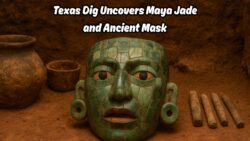 Tomb of the Mask Discovered in Texas Reveals Jade Beads Linked to Ancient Maya Civilization
Tomb of the Mask Discovered in Texas Reveals Jade Beads Linked to Ancient Maya Civilization
- The warrior’s height and robust skeletal frame imply superior nutrition and health—common among elites.
- Grave goods indicate access to luxury materials and long-distance trade.
- The architectural complexity of the kurgan suggests communal labor and centralized authority.
These clues together point to a society organized around military leadership and religious rituals.
Comparison With Other Bronze Age Discoveries in Eurasia
Similar kurgans have been found in Ukraine, Russia, and Kazakhstan, but the Azerbaijan find stands out due to its unique preservation and contents.
Comparative Highlights:
| Region | Kurgan Age | Unique Traits | Similarity to Azerbaijan Find |
|---|---|---|---|
| Ukraine | ~2000 BCE | Chariots and multiple burials | Moderate |
| Kazakhstan | ~1700 BCE | Rich gold ornaments and tattoos | High |
| Russia (Tuva) | ~1600 BCE | Warrior burials with iron weapons | Moderate |
| Azerbaijan | ~1800 BCE | Single warrior, bronze & iron weapons | Unique |
The Azerbaijan kurgan may help bridge gaps in understanding how nomadic and settled communities interacted during the Bronze Age.
Future Research and Preservation Plans
Archaeologists from the Azerbaijan National Academy of Sciences have initiated further excavation in the surrounding area, with goals to identify additional burial sites and settlements.
Upcoming Actions:
- Ground-penetrating radar surveys planned for adjoining valleys.
- Preservation of artifacts at the National Museum of History of Azerbaijan.
- International collaboration with universities in Germany and Turkey for further DNA and material analysis.
This find is expected to lead to a larger archaeological reassessment of the region’s role in the spread of Bronze Age culture.
FAQs of 3800-Year-Old Azerbaijan Kurgan
Q1. Why is the height of the warrior significant?
Most Bronze Age individuals were shorter; a 6’2″ skeleton suggests elite status and superior nutrition.
Q2. What is a kurgan?
A kurgan is a burial mound used in ancient Eurasian steppe cultures to honor high-ranking individuals.
Q3. How old is the burial site?
It is approximately 3,800 years old, dating back to around 1800 BCE.
Q4. Were any inscriptions or writings found?
No inscriptions were found, but symbols on ornaments may carry cultural meaning yet to be decoded.
Q5. Will the site be open to the public?
Plans for a heritage tourism site are under discussion, but currently, the location is under excavation and preservation.
